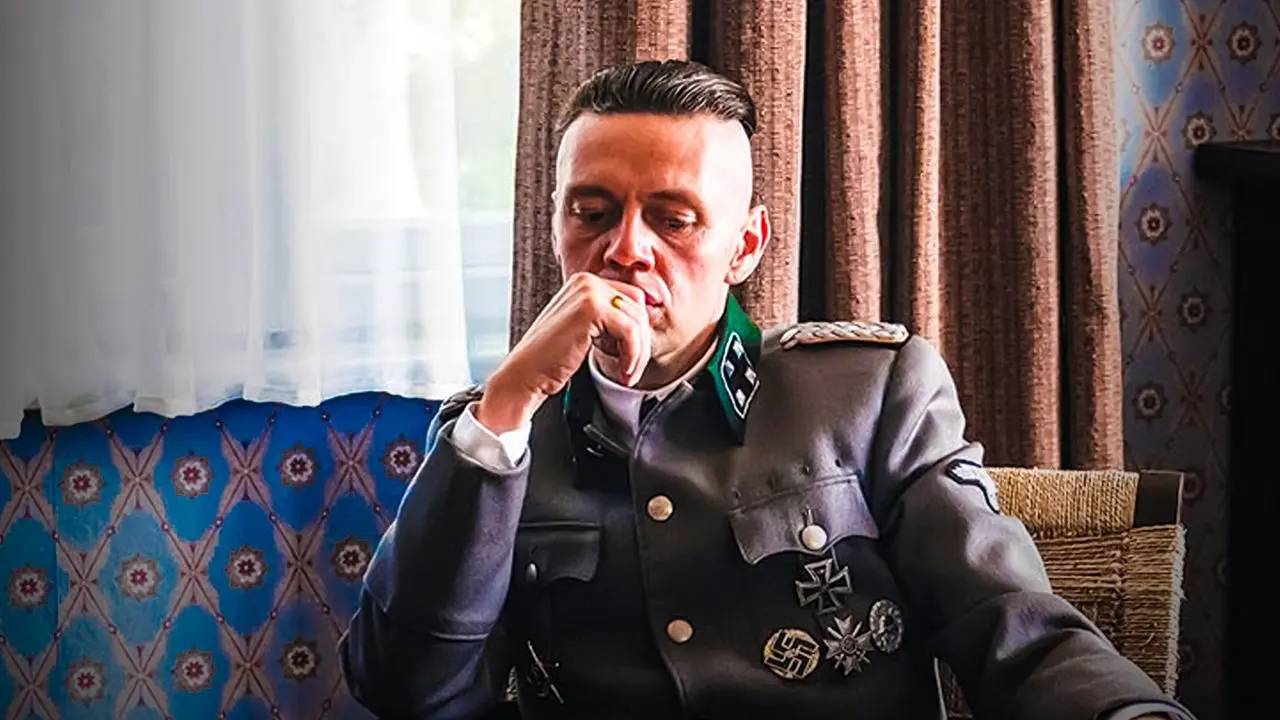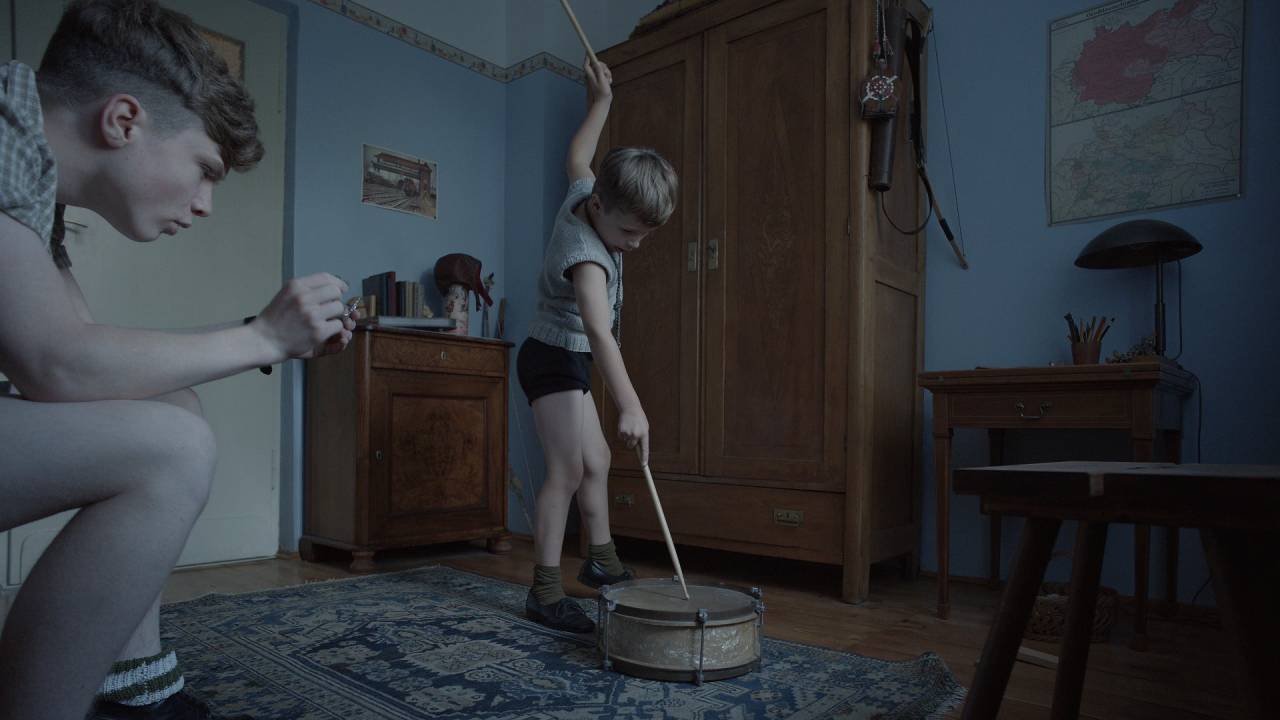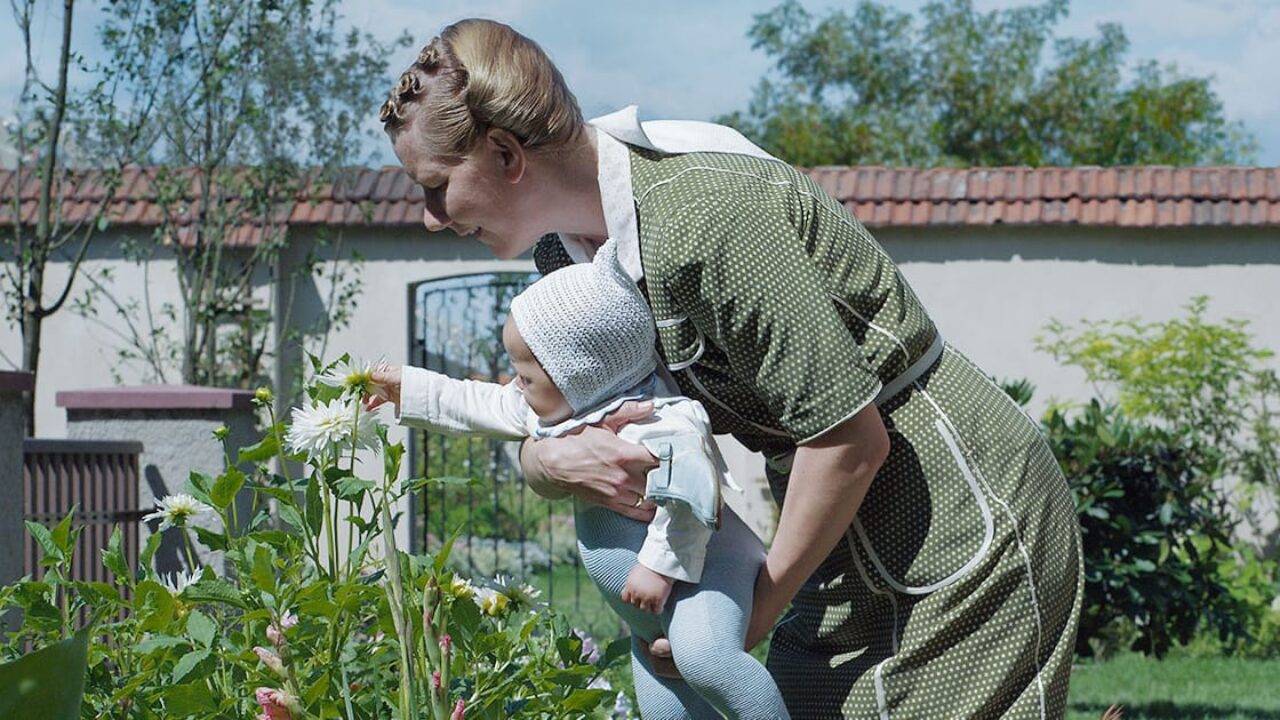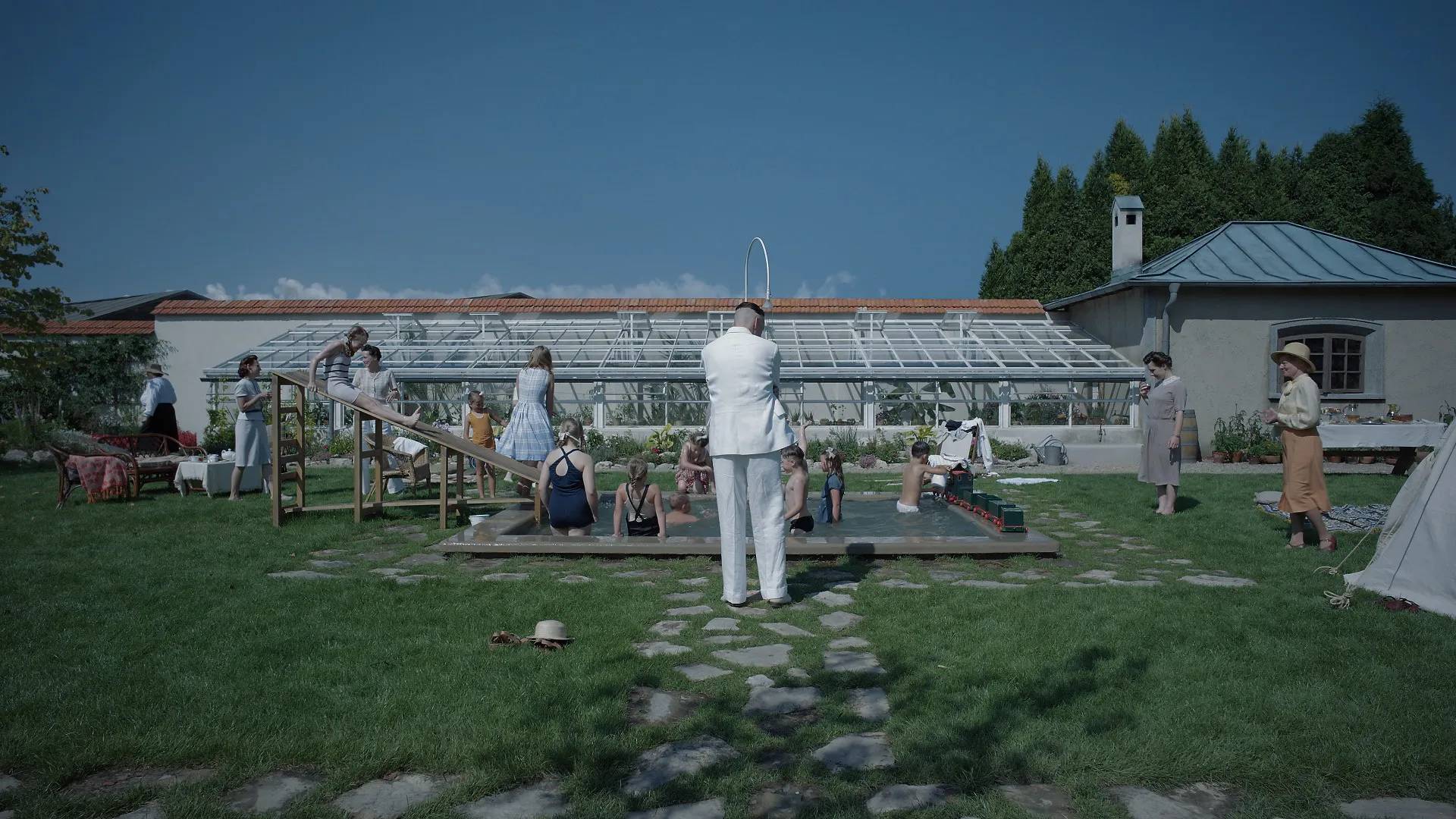It feels very appropriate that the phrase which comes to mind while watching Jonathan Glazer’s The Zone of Interest is that of German Jewish philosopher Hannah Arendt: ‘the banality of evil’: the idea that evil acts are not always carried out by inherently psychopathic people, or people who are outside of the realms of what might be deemed ‘regular’ psychological makeup.
The Höss in The Zone of Interest epitomise the banality of evil. Rudolph (Christian Friedel) is the Commandant of the Auschwitz concentration camp which is located next door to the family’s home. His wife Hedwig (Sandra Hüller) is the perfect Nazi wife and mother: she has borne five healthy children ranging in age from an infant to a teenager (who is a member of Hitler Youth). Hedwig has cultivated a haven for her family inside and out, including a lush flower and vegetable garden, a small paddling pool, and beehives.

They believe they are living the ideal that Hitler apparently aspired to for the German people: the ideal of ‘Leibensraum’ or ‘Living Space’- German self-sufficiency. That’s the lie that they tell themselves, because in reality Hedwig’s glorious garden benefits from the utilisation of Jewish labour from the camps. Her sparklingly clean house and delightful meals are, again, courtesy of Jewish labour. It’s as far from self-sufficiency as anyone can get, and the family profits from the subjugation of others. Meanwhile, there is the ever-present smoke rising from the chimneys of the camp’s incinerators, bedtime stories punctuated by gunshots and the sounds of screaming prisoners.
But Hedwig’s delusional perfect world has cracks in it. While she is the dutiful wife and mother, her husband seeks out sex workers. Her nanny drinks heavily to cope with Hedwig’s screaming baby so that Hedwig can have a restful night’s sleep. And even though her mother displays a casual cruelty towards the inhabitants of the camp next door, even she will begin to be horrified by the true nature of what’s happening at Auschwitz.

The Zone of Interest is not a visually graphic film. Instead, it’s psychologically graphic. And it’s the banality of evil on display and the casual cruelty and profiteering that renders the audience horrified. For instance, Hedwig receives a bundle of clothing which includes undergarments and a fur coat. She allows her housemaids to choose a garment each, whilst she takes the fur coat. These have all been taken from prisoners upon their arrival at camp. She even tries on the lipstick she finds in the pocket of the coat.
Possibly one of the most upsetting scenes in the film occurs when Rudolph and two of his children go to the river and as the children play on the riverbank and Rudolph fishes, the clear water begins to turn murky downstream. Rudolph finds a pelvic bone and hurriedly attempts to vacate the water when he realises the contamination is ashes and partially burned remains. What makes this scene even more disturbing is that when they arrive home the children are rushed to be vigorously scrubbed clean, leading the viewer to assume that it’s not because they were in contact with human ash that they are being washed… it’s that they were Jewish remains.

The film relies heavily on sound and colour to convey the contrast between life inside and outside Auschwitz. The opening scene is an explosion of green grass and lush trees, wrapped in a soundscape of birdsong. Elements of the Höss house’s interiors are also punctuated with light green elements, helping to unify the outside utopia of Hedwig’s garden with the supposed domestic tranquillity of the home. Mica Levi’s minimalist score is haunting but effective, only being employed where necessary in order to avoid competing with the effectiveness of the nightmarish soundscape of the camp.
There is one major bone to pick with the film, however.

This is to do with the small subplot revolving around a young girl in the village who surreptitiously gathers fallen fruit and hides it where camp prisoners will be doing field work. A black and white negative effect is mostly used for these scenes, and while it implies that this is the polar opposite of what is happening with the Höss family and others like them, it is visually discordant and doesn’t actually add anything to the film. While it may have been a way to show that there are people in the area who are aware of what is happening at Auschwitz and who actively oppose it, it doesn’t actively enhance the film in any significant way.
The Zone of Interest is an example of how powerful cinema can be to re-examine history and remind people of events that shouldn’t be forgotten. It serves as a reminder that there are always people profiting from conflict, possibly why conflicts are still so rife in the twenty-first century. It is a film that needs to be seen and reflected upon so that we may not participate in the banality of evil ourselves.

